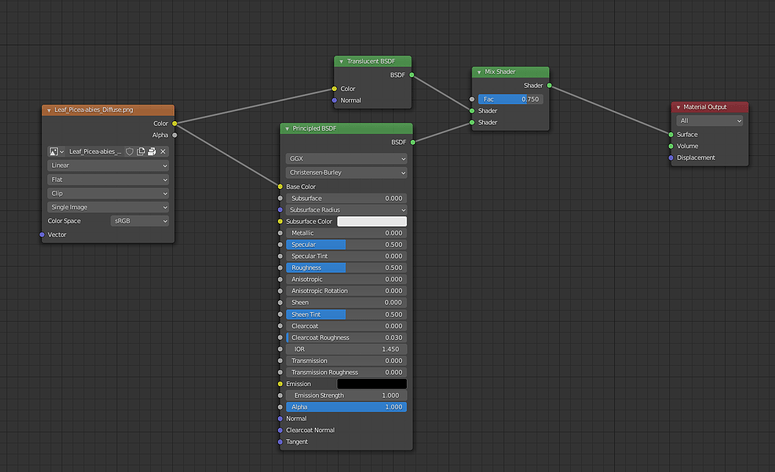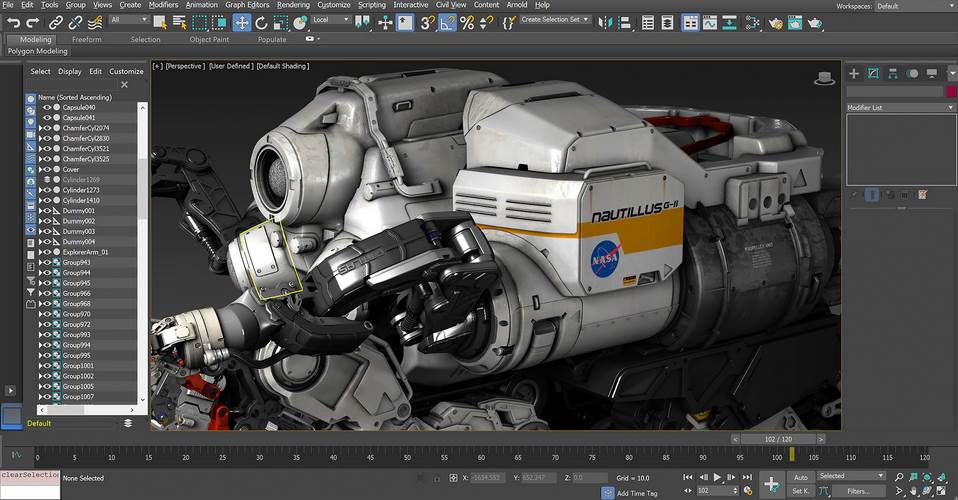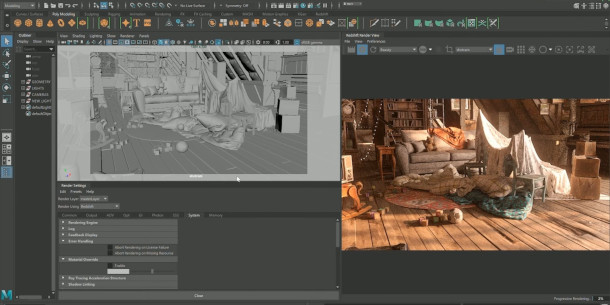

- #Denoiser 3 cuda drivers
- #Denoiser 3 cuda driver
- #Denoiser 3 cuda software
Configure the project in Visual Studio 2017 or Visual Stuio 2019 and 圆4, then click Generate.
#Denoiser 3 cuda software
Make sure you have the required software installed:. This will guide the filter to blur more in regions with more uncertainty, i.e. The standard deviation term in luminance edge-stopping function is based on variance estimation. Three edge-stopping functions based on position, normal, and luminance are used as in Edge-avoiding À-Trous wavelet transform for fast global illumination filtering. By inserting zeros between non-zero kernel weights, computational time does not increase quadratically.Ī set of edge stopping functions prevent the filter from overblurring important details. As illustrated in the figure below, the a-trous wavelet transfrom hierarchically filters over multiple iterations with increasing kernel size but a constant number of non-zero elements. The spatial filtering is accomplished by a-trous wavelet transform. If the test rejects, we discard the color and moment history of the corresponding pixel and set history length to zero. Transform from previous clip space to previous screen space using perspective projection.įor each reprojected sample we test its consistency by comparing current and previous G-buffer data (normals, positions, object IDs). Transform from current world space to the previous clip space using the stored camera view matrix. Find world space position of the current frame in G-buffer. This is completed in the following steps: To reuse samples from the previous frame, we reproject each pixel sample to its prior frame and calculate its screen space coordinate. To reduce sample variance, if the ray hit matte surface, we trace a shadow ray directly to the light. Addtion to the project 3, we implemented texture mapping and bounding volume hierarchy to accelerate path tracing for complex meshes. The project is developed based on CIS 565 Project 3. Spatio-Temporal Variance Guided Filter combines these two techniques and enables high quaility real-time path tracing for dynamic scenes. Signal processing techniques blur out noise by applying spatial filters or machine learning to the output Accumulation techniques make it possible to reuse samples in a moving scene by associating pixel between frames. Signal processing and Accumulation are two major techniques of denosing. To bring path tracing to real-time, we reduce sample counts per pixel to 1 and apply post-processing to eliminate noise. However, even with today's hardware it is impossible to converge a scene quickly and meet the performance requirement for real-time interactive application such as games. Physically based monte-carlo path tracing can produce photo-realistc rendering of computer graphics scenes. This repo contains our CUDA implementation of the Spatiotemporal method. Machine Learning (Kernel Predicting Convolutional Networks). Spatiotemporal (Spatiotemporal Variance Guided Filtering). The goal of the project is to denoise Monte-Carlo path traced images with low sample counts. This is the final project for CIS 565: GPU Programming. 
#Denoiser 3 cuda driver
: The driver crashes while drawing lines using glDrawArrays (GL_LINE_STRIP).CIS 565: GPU Programming and Architecture Final Project. : The screen turns black after enabling quad-buffered stereo. Modo - updated 'Luxology Modo' app profile name to 'Foundry Modo'. #Denoiser 3 cuda drivers
Beginning with version 442.19, NVIDIA no longer provides Quadro drivers for Windows 7.Īdded or updated the following application profiles.Provides optimal support and bug fixes for the latest Studio applications including Redshift Renderer, Blackmagic DaVinci Resolve, Foundry MODO, and more.Release 440 delivers performance enhancements over the previous ODE, Release 430, with performance gains up to 30% for popular applications such as Dassault Systemes SOLIDWORKS, PTC Creo, and Autodesk VRED, depending on application mode and optimization settings.

Quadro ODE drivers are a superset of the NVIDIA Studio Drivers and provide all the benefits of the Studio Driver, in addition to Quadro-specific enhancements and testing. ODE branches are designed and tested to provide long-term stability and availability, making drivers from these branches ideal for enterprise customers and other users requiring application and hardware certification. Release 440 is an 'Optimal Drivers for Enterprise' (ODE) branch release.







 0 kommentar(er)
0 kommentar(er)
